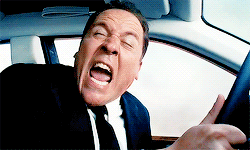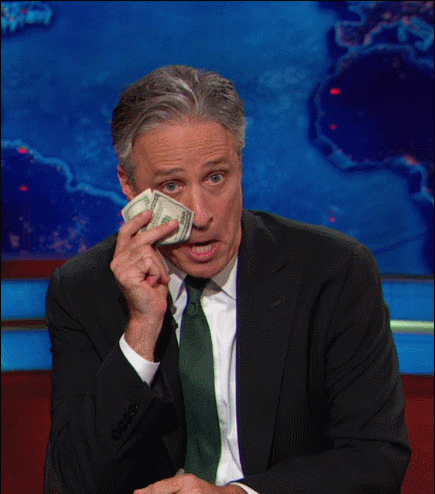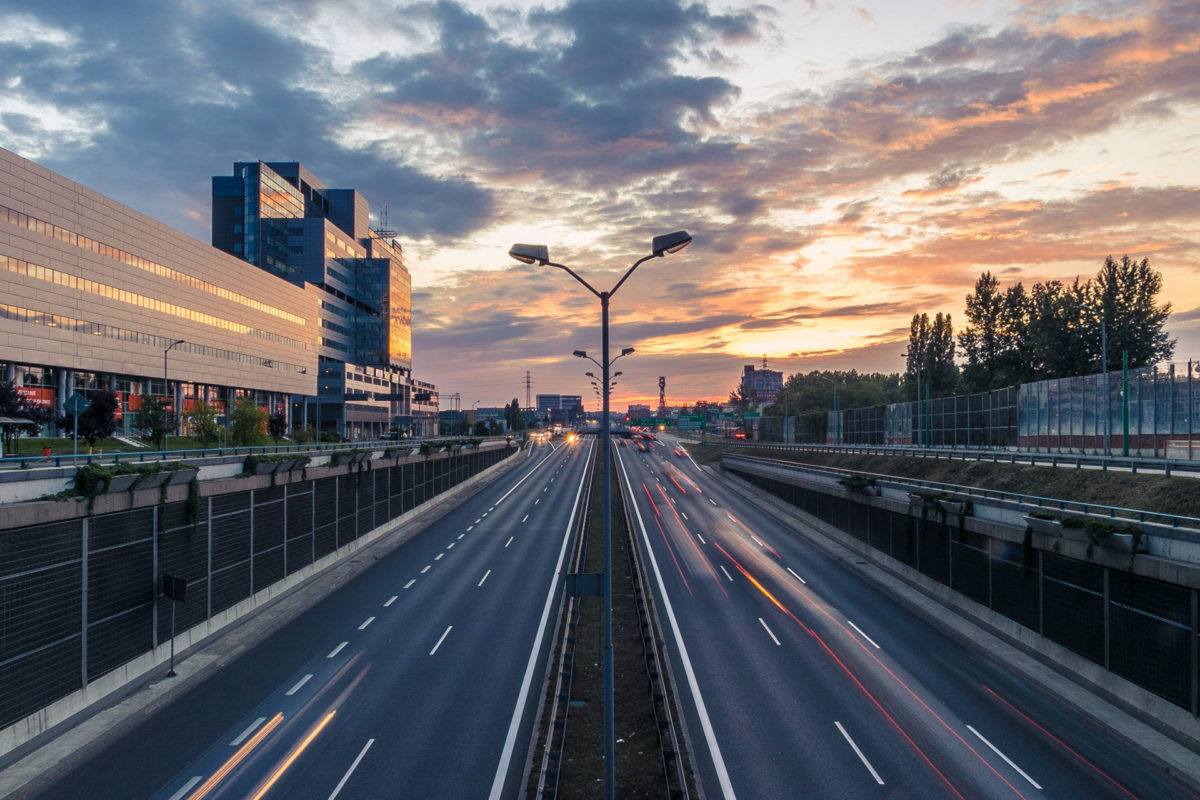
If there’s one universal truth when it comes to driving a car, it’s that everyone at some point will find themselves in a car accident. No matter who you are or how careful and conscientious you drive, there’s an overwhelming likelihood that you’ll find yourself in some collision during your life. It’s not if – it’s when.
In Canada, a land of just under 8 million registered vehicles, there are 160,000 reported collisions per year. While Canada doesn’t track unreported claims, some reports estimate that the number of total actual crashes may be closer to 500,000 per year. If you’ve ever driven on our slippery roads in the winter time or watched a neighbouring car driver staring down at their cell phone instead of looking at the road, you probably think that number should be even higher.
So now that we’ve established that there’s a reasonable likelihood that you’ll get into a collision in your life let’s review what to do in the event of a car accident.

What to do at the scene of the collision
- Don’t do anything. Take a moment to assess the situation. Are you ok? Are all your passengers safe and uninjured? In any collision, the most important thing to be mindful of is the safety of you and your passengers. Everything else is secondary. If you or someone in your vehicle is seriously injured, immediately call 911.
- If everyone in the car is ok, and your car is drivable, do your best to move the vehicle away from oncoming traffic, if not you could risk compounding the situation with a pileup.
- If everyone in the collision is ok and the other driver hasn’t fled the scene (which is a felony and we’ll cover that later), there is no need to call the police.
- Get exchanging. You and the other driver need to exchange relevant information. You’ll need to write down and exchange (it’s 2018, you can also take a picture) driver’s license numbers, name and home addresses of the drivers, vehicle registration numbers, license plate numbers and certificate of driver’s insurance. If the driver is missing this information, you’ll need to contact your insurance provider to make sure they have enough information. If not, you may need to contact the police.
What not to do at the scene of the collision
- NEVER pay cash for damages done to another person’s car, even if you are 100% at fault, and you know it. In Quebec, we have what is called the Direct Compensation Agreement, which means that each person is responsible to repair the damages done to their own car, regardless of who’s at fault. So yes, even if you run a red light and rear-end the car in front, you and your insurance company are still not responsible to pay for the damages done to the third party.
- It should go without saying, but NEVER leave the scene of the accident. A “hit-and-run” is a criminal felony. Under no circumstance should you drive away without either contacting the police or exchanging information with the driver. If the other driver leaves the scene, call 911 immediately.
- Don’t admit fault to the other driver – verbally or in writing – the police or insurance company will take care of that for you.
- Don’t argue or fight with the other driver. It is easier said than done as your adrenaline will be running high. Take a deep breath, and try and focus on the situation in a calm manner. There is a good chance the other driver will be stressed as well, so be prepared to stay calm. This will help the process go so much more smoothly. Arguing or fighting with the other driver will only exacerbate the situation. It is called an accident for a reason – no one is intentionally trying to hurt someone else. In the case where the other driver is abnormally hostile, walk away and call the police.
After you’ve exchanged information, call your insurance company immediately. They will ask for all the info you collected, as well as a recount of the accident. If your vehicle sustained any damage, you’ll need to bring your car to a repair shop to get an estimate. You’ll need to make sure that the repair shop is approved by the insurance company in advance.

From there, your job is basically done. The repair shop will send an estimate to your insurance company that will indicate the extent of the damage and how much it will cost to repair. Your insurance company will get the estimate approved by a SAAQ claims adjuster and approve, reject or modify the claim.
Depending on the details of your accident you can decide to claim the damage on insurance or pay for it yourself.
You may be asking why you pay for it yourself if you have insurance ready and able to pay for it? Well, depending on your insurance contract, your plan will have a deductible that must be paid before the insurance kicks in. For example, should your deductible be $500 and the estimate for the repairs is $2,000 you would be responsible for the first $500 and the insurance company would cover the remaining $1,500. In addition, your insurance rates will most likely rise thereafter, especially if you are considered responsible for the accident.

Luckily there are honest insurance brokers like KBD Insurance that have your back and are happy to help you out in a pinch. Find out more about their car insurance packages at kbdinsuance.com



